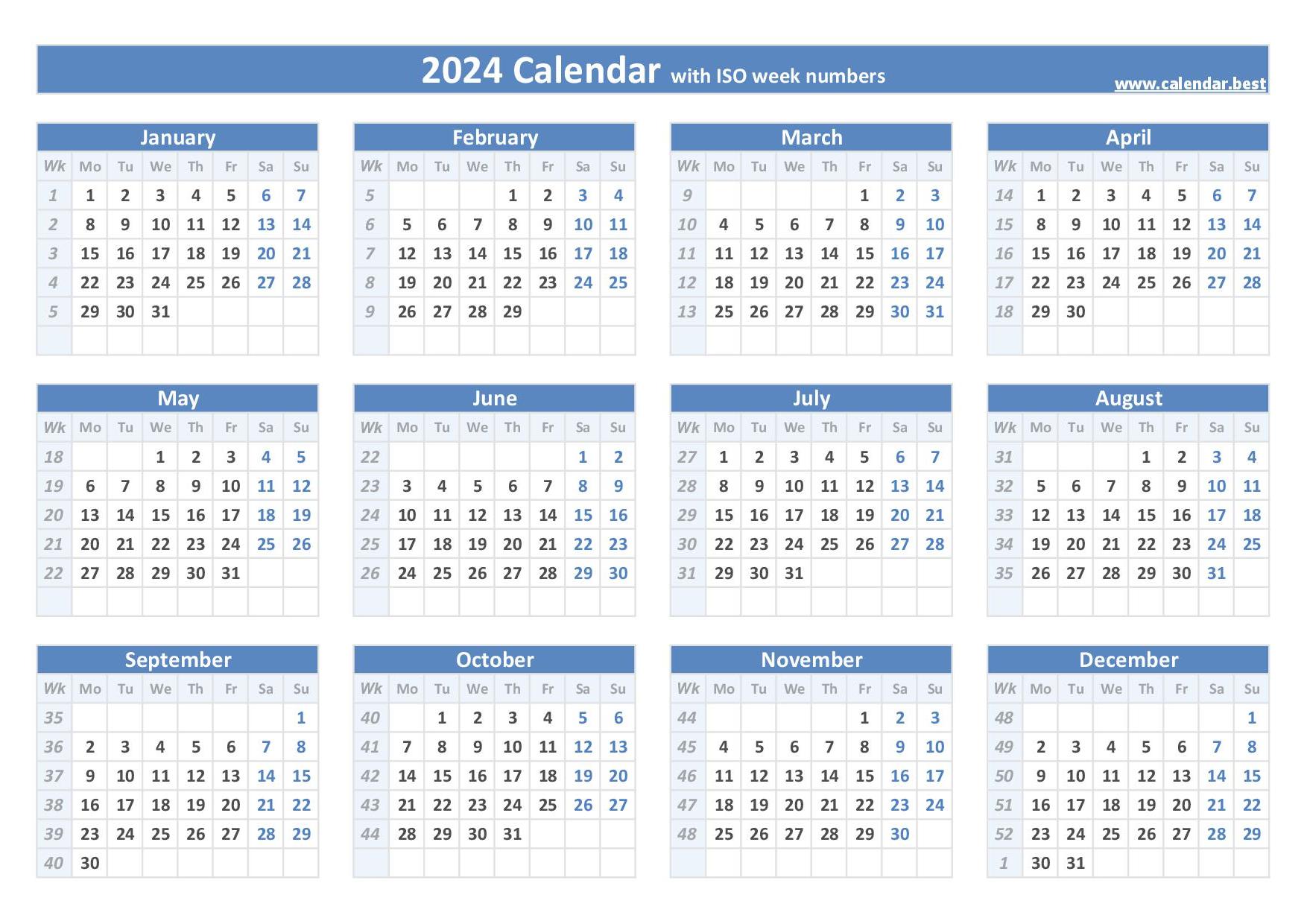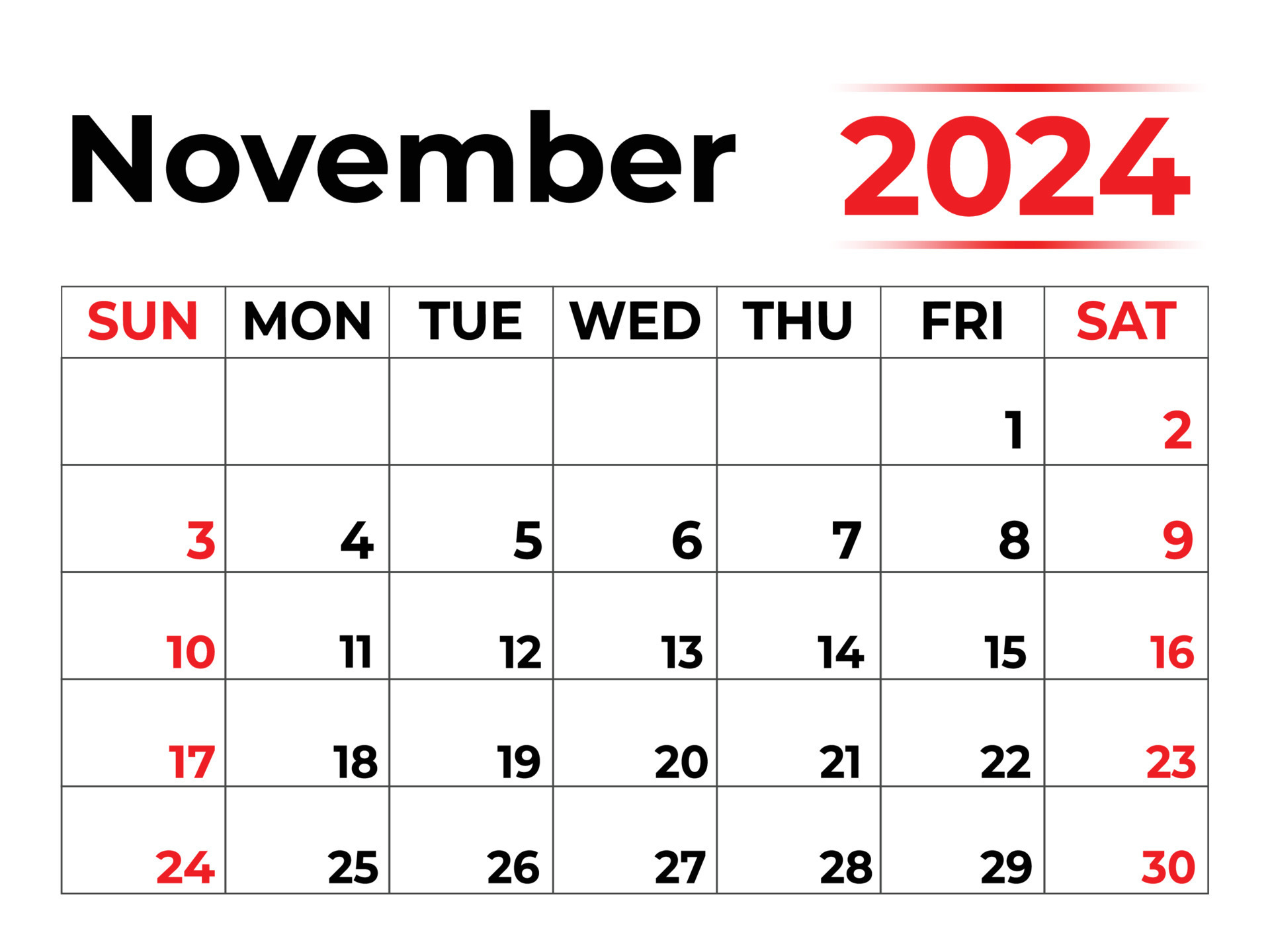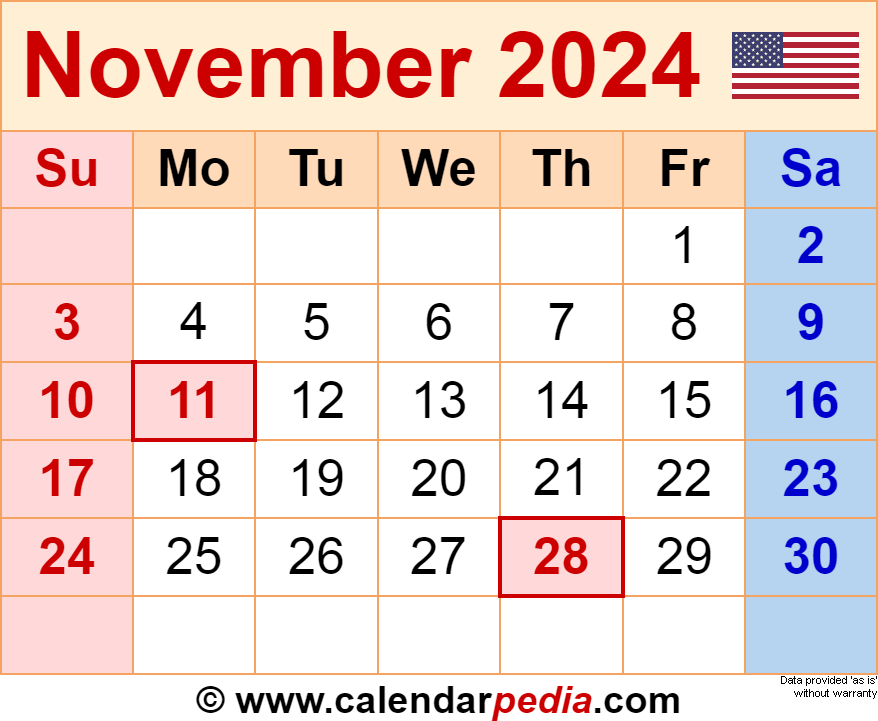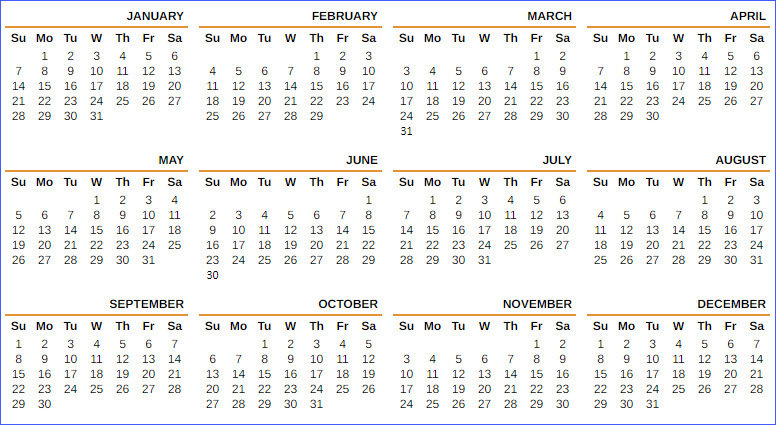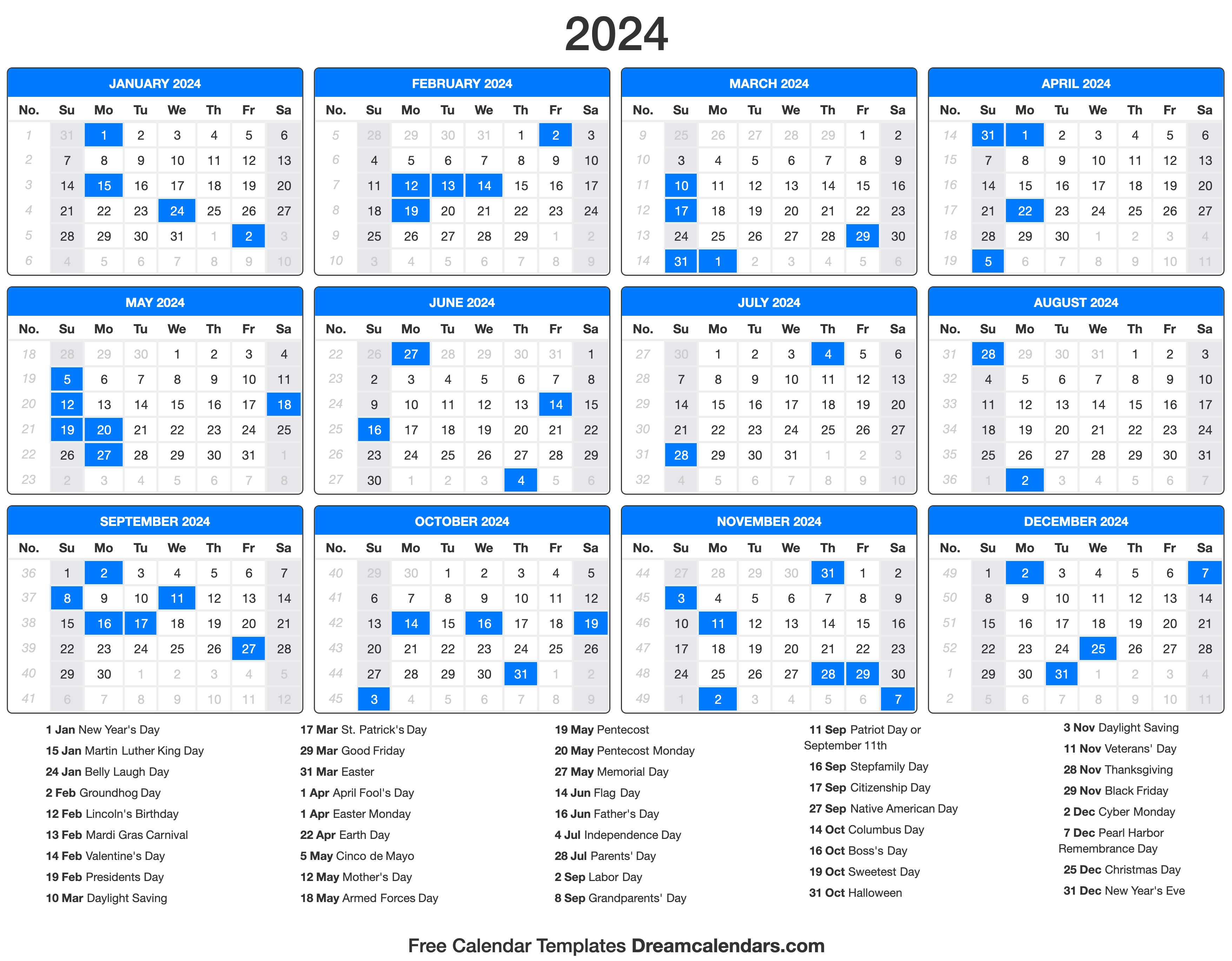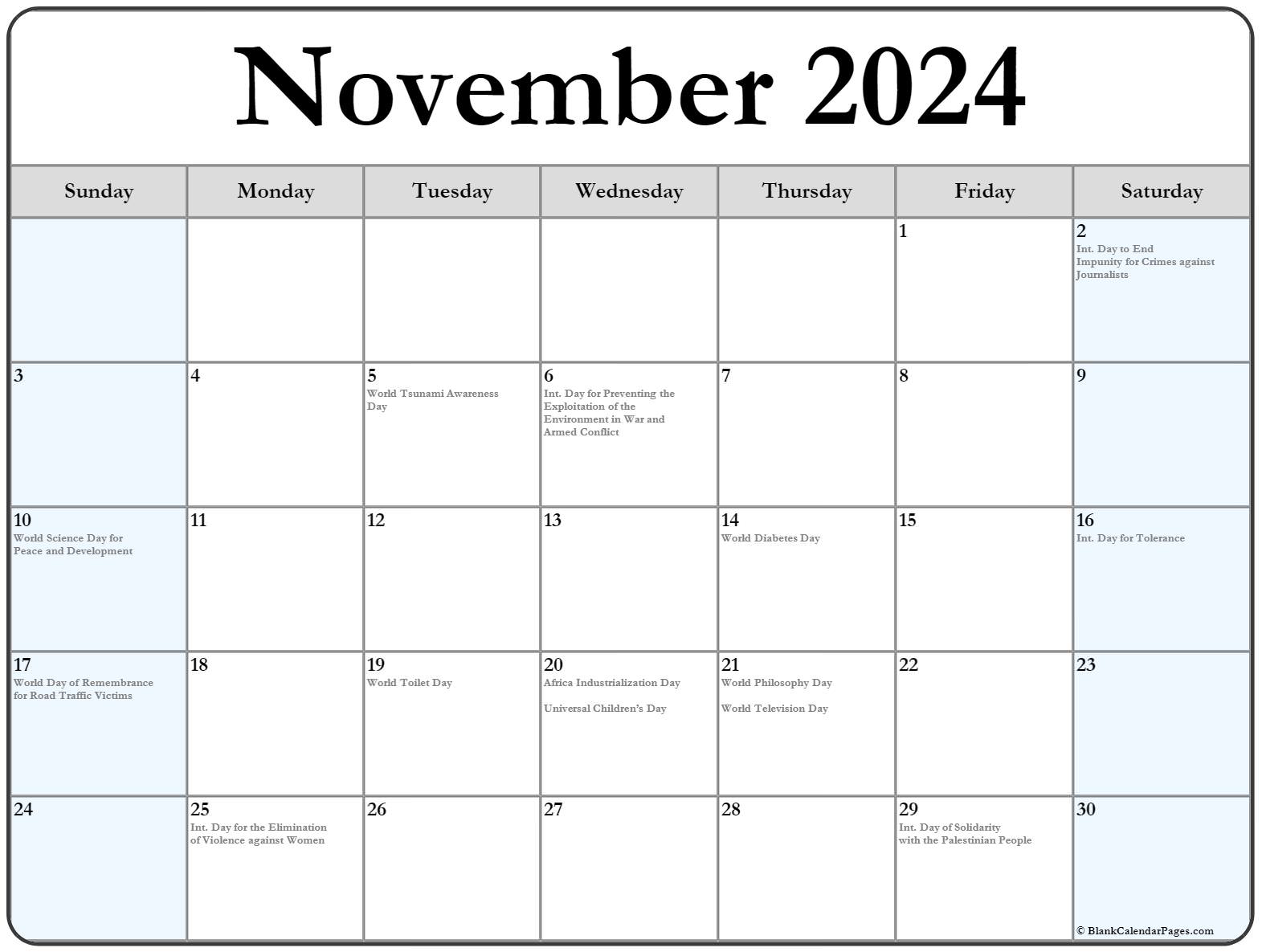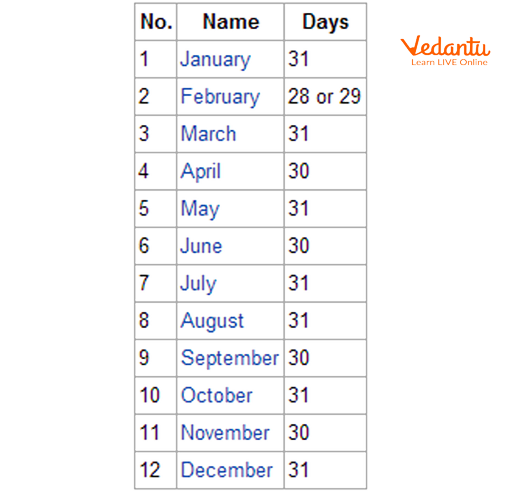30 Days From November 29 2024

As the calendar relentlessly marches toward the end of 2024, the period 30 days from November 29th, 2024, looms large, promising a confluence of critical events and deadlines that will shape the landscape of global politics, economics, and social policy. From pivotal legislative sessions to the culmination of international agreements, this timeframe carries significant weight, demanding careful observation and analysis.
The next 30 days following November 29th, 2024 – a period stretching into the waning days of December – represents a crucial period for numerous reasons. It is a period packed with potential turning points: legislative bodies around the world will be grappling with final votes on key bills, international organizations will be pushing to finalize agreements, and economic indicators released during this time will paint a clearer picture of global financial health as we approach the new year.
Legislative Landscape: A Race Against Time
Many legislatures worldwide operate on annual or bi-annual cycles, making the final weeks of the year a pressure cooker for passing crucial legislation. In the United States, while 2024 is an election year, the lame-duck session following the election but before the new Congress is sworn in could witness attempts to push through contentious bills.
According to the Congressional Research Service, lame-duck sessions are often characterized by heightened political maneuvering, as outgoing members may feel less beholden to public opinion. Potential areas of focus could include budget appropriations, defense spending, and judicial appointments, particularly if there's a change in the presidential administration or control of Congress.
In the European Union, the European Parliament and the Council of the European Union will likely be engaged in intensive negotiations to finalize directives and regulations before the year's end. Areas like environmental policy, digital market regulation, and agricultural subsidies often see intense debate and compromise during this period, as reported by the European Council press releases. This time is a critical juncture for securing funding and final approvals for ongoing initiatives.
Economic Indicators and Financial Markets
The period following November 29th will also bring a flurry of economic data releases that will be closely scrutinized by investors and policymakers alike. Key indicators such as inflation rates, unemployment figures, and GDP growth estimates for major economies will provide crucial insights into the health of the global economy.
According to forecasts from the International Monetary Fund (IMF), the end of 2024 will be a particularly important period for assessing the impact of ongoing geopolitical tensions and supply chain disruptions on global growth. Any significant deviations from projected growth rates could trigger market volatility and prompt central banks to adjust their monetary policies.
The Federal Reserve and other central banks will be closely monitoring these indicators as they deliberate on future interest rate decisions. Given the ongoing concerns about inflation and the potential for a recession in some major economies, these decisions will have far-reaching consequences for businesses and consumers.
International Agreements and Diplomatic Initiatives
International organizations, like the United Nations and its various agencies, frequently operate on calendar-year cycles for their programs and budgets. The 30 days following November 29th will likely see a flurry of activity as they finalize agreements, launch new initiatives, and report on progress made towards achieving the Sustainable Development Goals (SDGs).
Of particular interest will be any developments related to climate change, as nations continue to grapple with the challenges of meeting their commitments under the Paris Agreement. The weeks leading up to the end of the year often see renewed calls for greater ambition and cooperation on climate action.
Furthermore, this period could be significant for resolving ongoing geopolitical conflicts and humanitarian crises. The UN Security Council and other international bodies may be working to broker ceasefires, provide humanitarian aid, and promote peace negotiations in various regions of the world. Such efforts often intensify as the year draws to a close.
Social Policy and Cultural Events
Beyond the realms of politics and economics, the end of the year is also a time of significant cultural and social activity. Many countries will be preparing for major holidays, such as Christmas, Hanukkah, and Kwanzaa, which can have a significant impact on consumer spending and overall economic activity.
Furthermore, non-profit organizations often ramp up their fundraising efforts during this period, as individuals and businesses tend to be more generous with their donations around the holidays. This increased charitable giving can provide crucial support for a wide range of social causes.
The period also provides an opportunity for reflection on the year's events and a chance to set goals for the future. Many individuals and communities use this time to assess their progress, identify areas for improvement, and plan for the year ahead.
Potential Disruptions and Unknown Variables
It is important to acknowledge that unforeseen events can always disrupt even the most carefully laid plans. Geopolitical tensions, natural disasters, and unexpected economic shocks can all have a significant impact on the events and outcomes of the 30 days following November 29th.
The ongoing war in Ukraine, for example, could escalate further, leading to increased volatility in energy markets and further disruptions to global supply chains. A major natural disaster could overwhelm humanitarian resources and divert attention away from other pressing issues. And an unexpected economic crisis could trigger a global recession.
Therefore, it is essential to remain vigilant and adaptable in the face of uncertainty. Policymakers, businesses, and individuals must be prepared to respond quickly and effectively to any unexpected challenges that may arise.
Conclusion: Navigating a Critical Period
The 30 days from November 29th, 2024, will be a period of intense activity and critical decision-making across a wide range of domains. From legislative battles and economic indicators to international agreements and social policy initiatives, this timeframe holds significant weight and will shape the course of events in the months and years to come.
By carefully monitoring these developments and remaining prepared for potential disruptions, policymakers, businesses, and individuals can navigate this critical period successfully and work towards a more prosperous and sustainable future.
The global community must proactively engage with these evolving issues to ensure a positive trajectory as we move into a new year, leveraging the opportunities presented and mitigating the potential risks that lie ahead. Understanding the complexities of this period is crucial for informed decision-making and effective participation in shaping the future.
